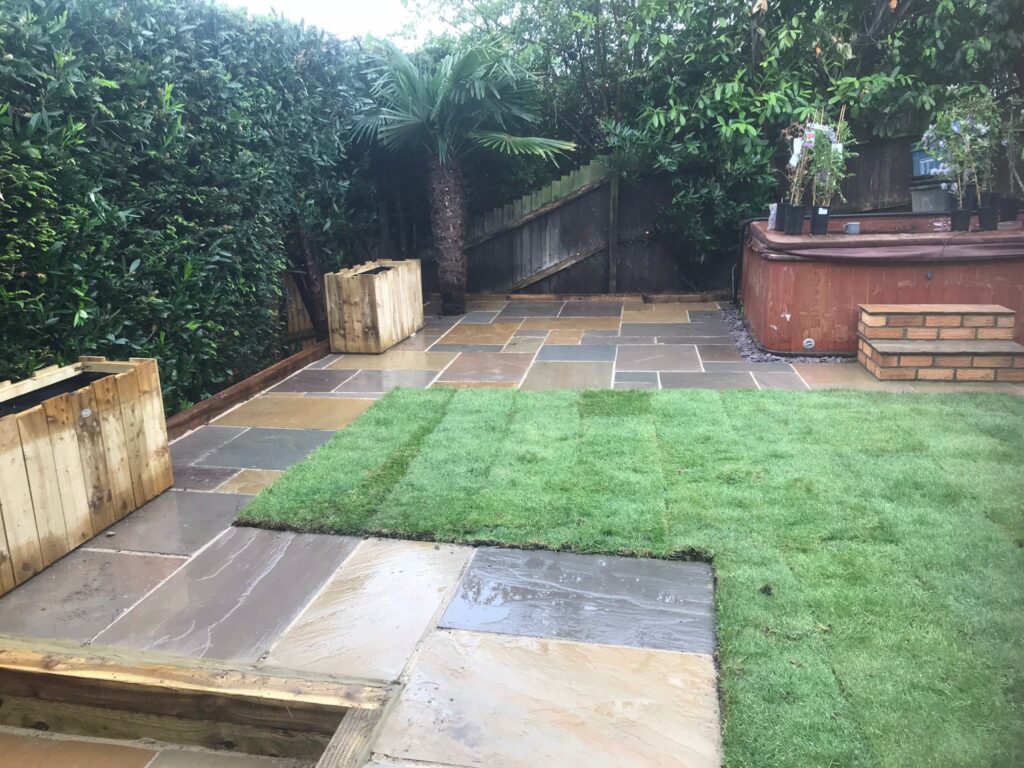Should You Reseal or Resurface Your Existing Tarmac?
When it comes to maintaining your tarmac driveway, two of the most common options homeowners face are resealing and resurfacing. Over time, tarmac driveways can begin to show signs of wear and tear, which is where these two solutions come into play. However, knowing which option is best for your driveway can be a bit tricky. In this article, we’ll discuss both resealing and resurfacing tarmac driveways, how they differ, and how to determine which is the right solution for your property in Bromham, Bedfordshire.
Resealing Your Tarmac Driveway
Resealing is a relatively simple and cost-effective way to improve the appearance and longevity of your tarmac driveway. Over time, exposure to the elements can cause the tarmac to fade and lose its protective layer. Resealing essentially restores this protective layer, improving the driveway’s appearance and protecting it from further wear.
Benefits of Resealing:
- Protection from the elements: Resealing adds a layer of protection against rain, snow, and UV rays, which can cause tarmac to deteriorate over time.
- Improved appearance: Resealing can restore the original black colour of the tarmac, giving your driveway a fresh, like-new look.
- Prevents cracks and potholes: A good sealant can help prevent small cracks from worsening, reducing the need for more costly repairs later.
- Cost-effective: Resealing is typically much less expensive than resurfacing, making it a more budget-friendly option for homeowners.
When Should You Reseal?
Resealing is ideal for tarmac driveways that are in good condition but show some signs of wear. If your driveway has only minor fading, small cracks, or slight surface deterioration, resealing is often the best option. It’s also recommended to reseal your tarmac driveway every 3 to 5 years to keep it in optimal condition.
Limitations of Resealing:
- Not for major damage: Resealing won’t fix deep cracks, large potholes, or extensive structural damage.
- Surface-level solution: It doesn’t address underlying issues like uneven surfaces or drainage problems.
Resurfacing Your Tarmac Driveway
Resurfacing is a more comprehensive solution than resealing and involves applying a new layer of tarmac over the existing surface. This process is ideal for driveways that have significant damage, such as large cracks, potholes, or an uneven surface. Resurfacing essentially gives your driveway a new surface and can restore its functionality and appearance.
Benefits of Resurfacing:
- Addresses significant damage: Resurfacing can cover up deep cracks, large holes, and other serious surface issues, effectively “resetting” the condition of the driveway.
- Long-lasting: A freshly resurfaced driveway is likely to last longer than one that has just been resealed.
- Improved drainage: If your driveway has drainage issues, resurfacing allows you to address those while the new layer is being applied.
- Restores structural integrity: If the underlying surface is still solid but the top layer is compromised, resurfacing provides a cost-effective solution to restore the driveway’s functionality.
When Should You Resurface?
If your tarmac driveway has significant cracks, potholes, or a worn-down surface that resealing can’t fix, resurfacing is the right choice. This option is best for driveways that have deteriorated beyond the point of simple cosmetic repairs.
Limitations of Resurfacing:
- More expensive: Resurfacing is typically more costly than resealing, as it requires more material and labour.
- Not a permanent solution: While resurfacing can restore the surface, it doesn’t fix the underlying structure of the driveway. If the base of the driveway is damaged, you may need to consider full replacement.
How to Decide Between Resealing and Resurfacing
Choosing whether to reseal or resurface your tarmac driveway depends on the extent of the damage and your budget. Here are some factors to consider when making your decision:
1. Condition of Your Driveway
- Resealing: If your driveway is still in good structural condition but shows signs of fading or minor cracks, resealing is usually enough to restore its appearance and protect it from further damage.
- Resurfacing: If your driveway has deep cracks, potholes, or significant wear, resurfacing is the better option. It will restore the surface and improve the overall durability.
2. Budget
Resealing is more affordable than resurfacing, so if you’re looking for a cost-effective solution and the damage to your driveway is minimal, resealing may be the right choice. However, if you need to address larger issues and want a long-term fix, resurfacing may be worth the additional investment.
3. Longevity
Resealing typically needs to be done every few years, while resurfacing provides a more long-lasting solution, often lasting much longer. If you plan on staying in your home for many years and want a more permanent solution, resurfacing might be a better investment.
Conclusion
Both resealing and resurfacing are excellent options for maintaining your tarmac driveway, but the right choice for you will depend on the condition of your driveway and your budget. If you have a driveway in good condition with only minor issues, resealing is a cost-effective way to restore its appearance and protect it for years to come. However, if your driveway has larger cracks, potholes, or other significant damage, resurfacing will provide a more comprehensive solution.
At Bromham Driveways & Patios, we specialise in both resealing and resurfacing tarmac driveways, providing expert advice and high-quality services to homeowners in Bromham, Bedfordshire. Whether you need to restore the appearance of your driveway or tackle more extensive repairs, our experienced team can help guide you through the process and ensure you get the best results.
Call us on: 01234 676 698
Click here to find out more about Bromham Driveways & Patios
Click here to complete our contact form and see how we can help with your Driveway needs.

